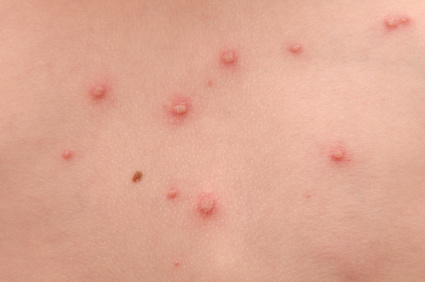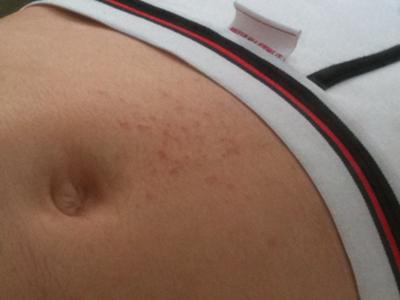Laser tattoo removal is uncomfortable, but most patients don’t need anesthesia. depending on the location of your tattoo, you may want to apply a topical anesthesia cream beforehand.. Tattoo removal has been performed with various tools since the start of tattooing. while tattoos were once considered permanent [citation needed], it is now possible to remove them with treatments, fully or partially.. the "standard modality for tattoo removal" is the non-invasive removal of tattoo pigments using q-switched lasers.different types of q-switched lasers are used to target. Dermabrasion tattoo removal - this involves using an abrasive device to blast the surface of the skin in order to break down the tattoo and remove the top layers of skin. a local anaesthetic is usually administered as this is a painful method of removal.
Chicken pox vaccine treatment
Nose surgery - australian skin face body
Non itchy skin rash on stomach
In this post we aim to educate you about the dangers of non-laser tattoo removal methods, including invasive and “diy tattoo removal” methods. dermabrasion tattoo removal before the advent of laser removal machines, people went to remarkable lengths to de-ink their skin.. This tattoo removal provides you with a painless way to break down tattoo ink and leave a clear and spotless skin behind. – additional bonuses in addition to the main program which teaches you everything you may need to know about the removal process, you’ll find many different bonuses at your disposal.. Tattooing should be avoided when the skin is tanned, as when the tan fades, the tattoo will appear darker than the surrounding skin. management for a mismatched tattoo in vitiligo is skin grafting if the tattoo fades, though it is difficult to cover the tattoo adequately if it is deep in the dermis..

